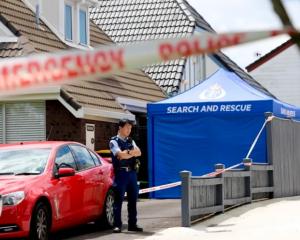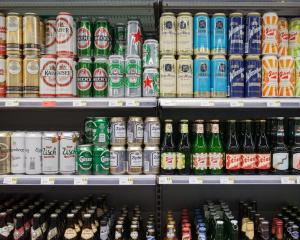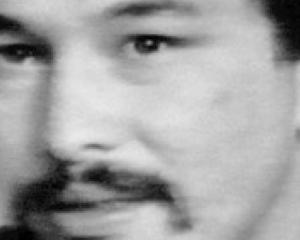
New Zealand children are comparatively poorly protected from household hazards, a University of Auckland study says.
The study also found rental houses have more potential safety hazards than owner-occupied homes in New Zealand - and one in five families do not have working smoke alarms.
New Zealand also has one of the worst rates of childhood and teenage deaths from injury in the OECD.
The University of Auckland's Growing Up in New Zealand study found on average, residences had six of the nine identified safety features, including working smoke alarms, medicines and poisons stored out of reach, the use of car seats and others.
Less than 5% of homes had all nine safety features.
Lead researcher Dr Sarah Berry said New Zealand has one of the poorest records for children being injured from falls, scalds and poisonings.
"In New Zealand, the home is the most common location for child injuries in the preschool years, so measures focusing on improving household safety are an important place to start if we are to reduce the rate of these injuries,'' Dr Berry said.
"These injuries often have long-lasting impacts for the children and their families. The burden is greatest among children living in more deprived households and so injuries contribute to the inequitable outcomes these children experience.''
There was no association between household socioeconomic status and the number of safety features present in homes, over and above that seen in relation to housing tenure.
A 2007 study found New Zealand has the worst rate of death from injury for those under 20 years of age out of 24 OECD countries. For children under 5, the rate of injury-related hospitalisations is 737 per 100,000 population each year.
"Private rental homes were significantly associated with fewer safety features,'' Dr Berry said.
"In particular, fewer of these homes had working smoke alarms, fenced driveways or fenced play areas.
"This suggests that there is an opportunity to protect vulnerable young children by developing new policies aimed at improvements to safety features present in private rental accommodation.
"Such opportunities might include legislative reform, standardised assessment of houses, landlord education and tenant advocacy.''
The data was collected from more than 6000 families.
Nine home safety features
• Hot water adjusted to child-safe temperature
• Driveway fully fenced
• Working smoke alarms
• Matches and lighters stored out of reach
• Medicines, cleaning products locked
• Knowledge of action if child eats or drinks poison
• Outside play areas fenced
• Electrical outlets covered
• Locks or gates at stairs
Source: University of Auckland Growing Up in New Zealand study













